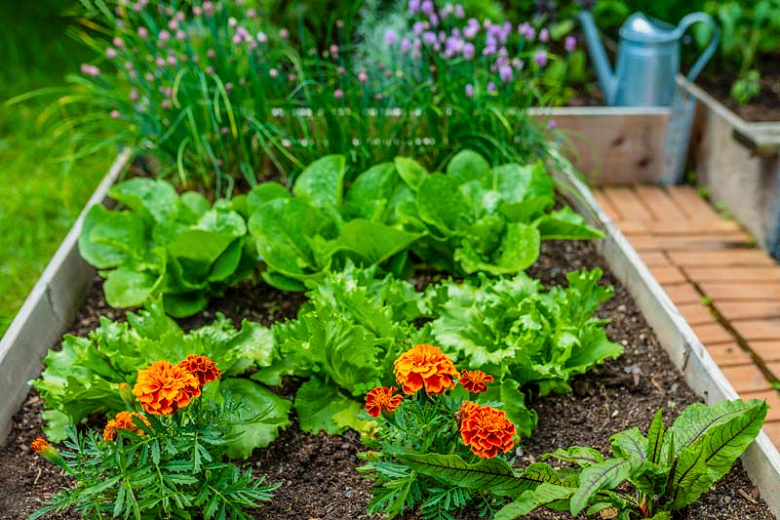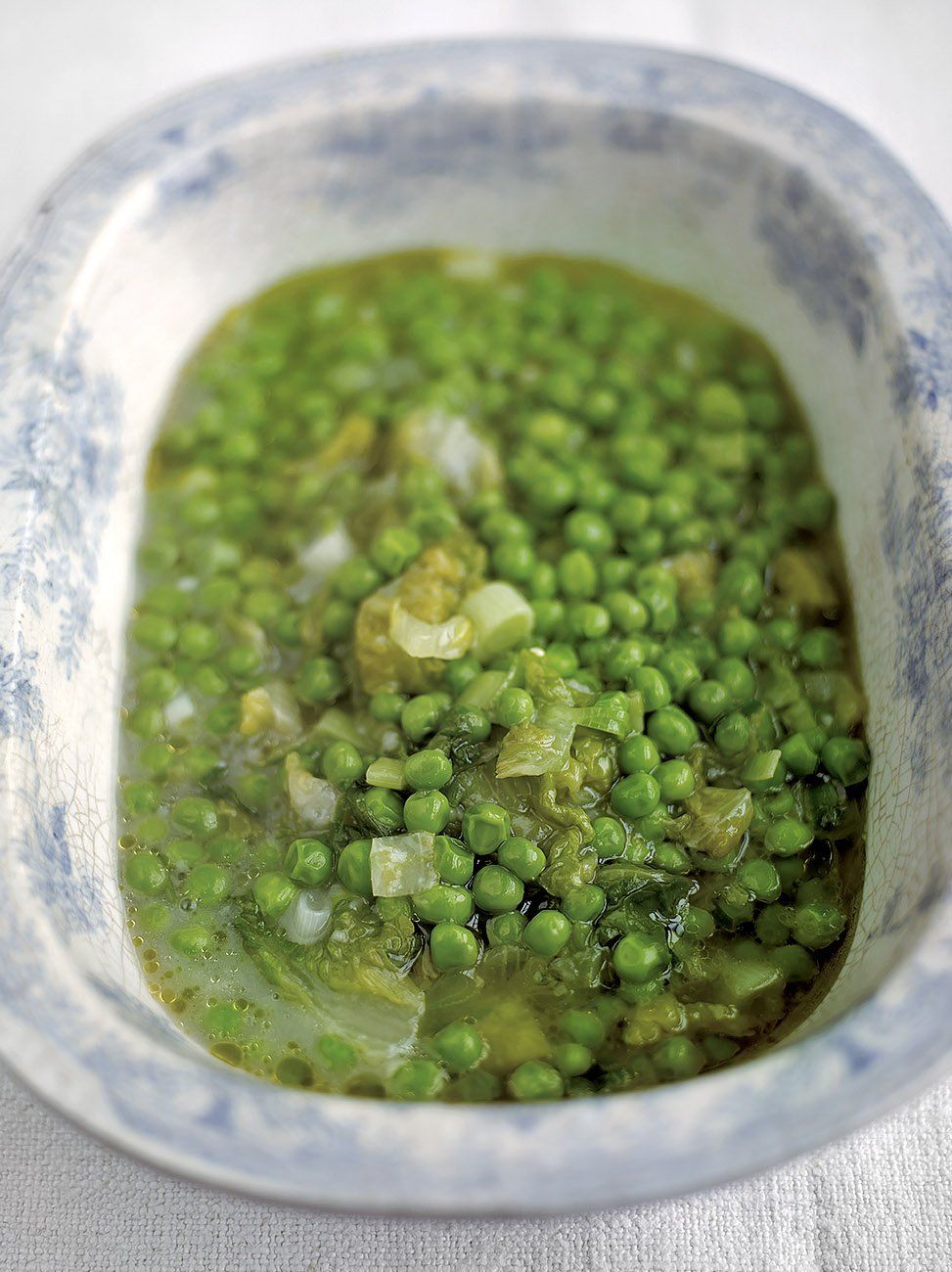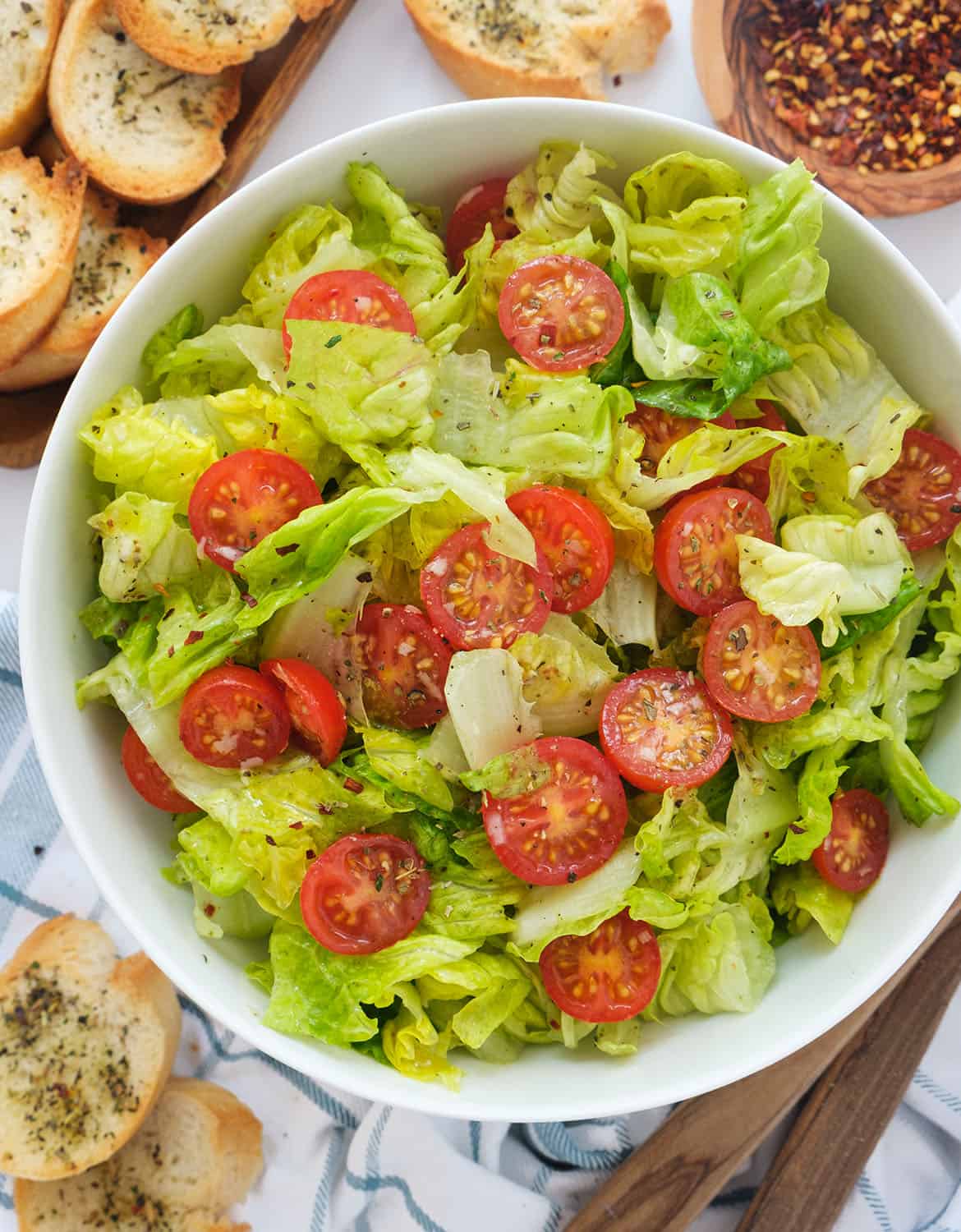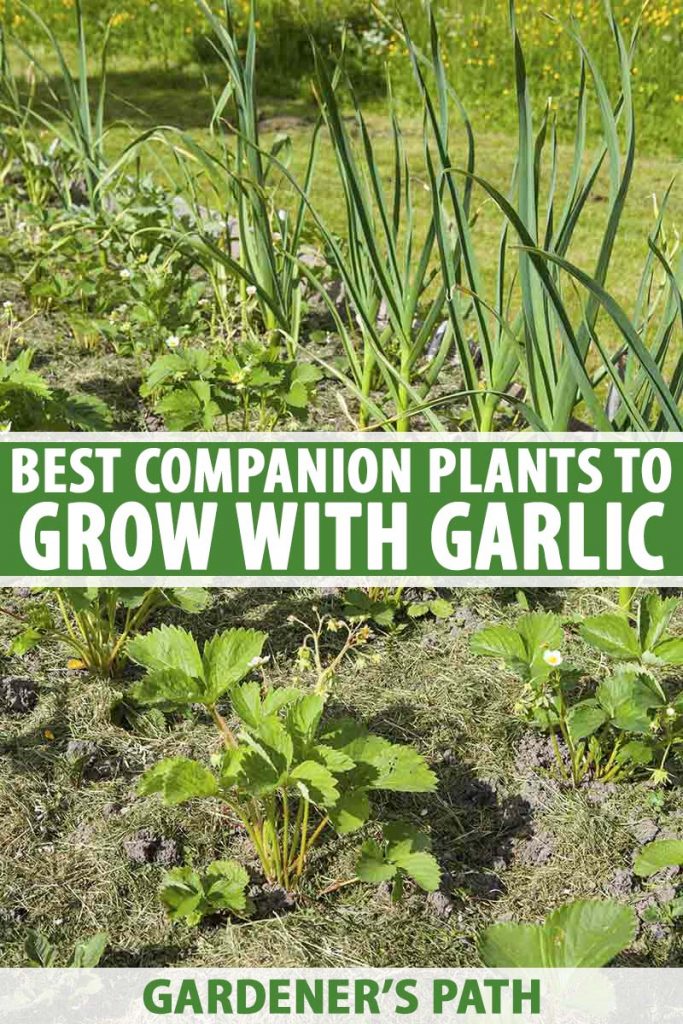Best Companion Plants For Lettuce
Introduction
Lettuce is a popular garden vegetable that is easy to grow and can be enjoyed in a variety of salads and dishes. However, lettuce can be susceptible to pests and diseases, so it is important to plant it with companion plants that can help to deter these problems.
Companion planting is the practice of planting certain types of plants together in order to benefit each other. Some companion plants can help to improve the growth and health of lettuce, while others can help to repel pests and diseases.
In this blog post, we will discuss some of the best companion plants for lettuce. We will also provide some tips on how to plant and care for these plants together.
Main Content
What are Companion Plants?
Companion plants are plants that benefit each other when they are planted together. They can do this in a number of ways, such as:
- Attracting beneficial insects: Some companion plants attract beneficial insects, such as ladybugs and lacewings, which can help to control pests.
- Reducing the risk of disease: Some companion plants can help to reduce the risk of disease by releasing chemicals that suppress the growth of harmful microorganisms.
- Improving soil quality: Some companion plants can improve soil quality by adding nutrients or breaking up compacted soil.
Best Companion Plants for Lettuce
There are many different companion plants that can be beneficial for lettuce. Some of the best include:
- Carrots: Carrots and lettuce are often planted together because they have complementary root systems. Carrots have deep roots that help to break up the soil, while lettuce has shallow roots that do not compete for space.
- Chives: Chives are a good companion plant for lettuce because they help to repel aphids and other pests. They also release chemicals that can improve the flavor of lettuce.
- Dill: Dill is another good companion plant for lettuce because it attracts beneficial insects, such as ladybugs and lacewings. It also helps to improve the flavor of lettuce.
- Marigolds: Marigolds are a popular companion plant for many vegetables, including lettuce. They help to repel pests, such as nematodes and aphids, and can also improve soil health.
- Onions: Onions and lettuce are often planted together because they have similar growing conditions. They also help to repel pests, such as aphids and slugs.
- Peas: Peas are a good companion plant for lettuce because they help to fix nitrogen in the soil. This means that they can provide lettuce with the nitrogen it needs to grow healthy and strong.
- Spinach: Spinach and lettuce are often planted together because they have similar growing conditions. They also help to attract beneficial insects, such as ladybugs and lacewings.
Tips for Planting and Caring for Companion Plants
When planting companion plants, it is important to consider the following factors:
- Planting spacing: Make sure to plant the companion plants far enough apart so that they have enough space to grow.
- Soil type: Some companion plants prefer different soil types, so it is important to choose plants that will thrive in your soil.
- Sun exposure: Some companion plants prefer full sun, while others prefer partial shade. Make sure to choose plants that will get the amount of sunlight they need.
- Watering needs: Some companion plants have different watering needs, so it is important to water them accordingly.
By following these tips, you can successfully plant and care for companion plants in your garden.
Conclusion
Companion planting is a great way to improve the growth and health of your lettuce plants. By planting them with the right companion plants, you can help to deter pests and diseases, improve soil quality, and enhance the flavor of your lettuce.
Lettuce is a versatile and delicious vegetable that can be enjoyed in a variety of dishes. But did you know that there are certain plants that can help your lettuce grow better? Companion planting is the practice of planting certain types of plants together to benefit each other. For example, some good companion plants for lettuce include carrots, marigolds, and chamomile.
Carrots help to loosen the soil and attract beneficial insects, such as ladybugs and lacewings, which eat aphids. Marigolds deter pests, such as nematodes and aphids, and can also help to improve soil health. Chamomile attracts beneficial insects, such as parasitic wasps and hoverflies, which eat aphids.
If you're looking to grow healthy and delicious lettuce, I recommend checking out Gardenia Inspiration. This website has a wealth of information on companion planting, including a list of good companion plants for lettuce. You'll also find tips on how to plant and care for your lettuce plants.
FAQ of good companion plants for lettuce
Question 1: What are good companion plants for lettuce?
Answer: There are many good companion plants for lettuce, but some of the most popular include:
- Carrots: Carrots and lettuce have different root systems, so they don't compete for resources. Carrots also help to repel pests, such as carrot root fly, which can damage lettuce.

- Chives: Chives release a chemical that helps to repel aphids, which are a common pest of lettuce. Chives also add flavor to salads and other dishes.
- Cilantro: Cilantro attracts beneficial insects, such as ladybugs and hoverflies, which help to control pests. Cilantro also adds flavor to salads and other dishes.

- Marigolds: Marigolds help to repel nematodes, which can damage lettuce roots. Marigolds also add color and attract pollinators to the garden.

- Nasturtiums: Nasturtiums attract beneficial insects, such as ladybugs and lacewings, which help to control pests. Nasturtiums also add color and flavor to salads.

Question 2: What are some bad companion plants for lettuce?
Answer: Some plants that should be avoided as companion plants for lettuce include:
- Cabbage family: Lettuce and other members of the cabbage family, such as broccoli and kale, are susceptible to the same pests and diseases. Planting them together can increase the risk of infection.
- Peas: Peas and lettuce compete for nitrogen, so planting them together can deplete the soil of this important nutrient.

- Tomatoes: Tomatoes produce a chemical that can stunt the growth of lettuce. It's best to avoid planting them together.

Question 3: How do I plant companion plants with lettuce?
Answer: When planting companion plants with lettuce, it's important to consider the size and growth habits of each plant. For example, carrots and lettuce can be planted together because they have different root systems. However, peas and lettuce should be planted in separate rows because they compete for nitrogen.
It's also important to consider the spacing requirements of each plant. For example, marigolds can be planted close together because they don't need a lot of space. However, lettuce needs more space to grow, so it's best to plant it in wider rows.
Question 4: What are the benefits of companion planting with lettuce?
Answer: There are many benefits to companion planting with lettuce, including:
- Improved pest control: Companion plants can help to repel pests and diseases, which can protect your lettuce crop.
- Increased pollination: Companion plants can attract pollinators, such as bees and butterflies, which can help to pollinate your lettuce flowers.
- Enhanced flavor: Companion plants can add flavor to your lettuce leaves.
- Improved soil health: Companion plants can help to improve the soil health in your garden, which can benefit all of your plants.
Question 5: What are some other tips for companion planting with lettuce?
Answer: Here are some other tips for companion planting with lettuce:
- Experiment with different combinations: There are many different companion plants that can be grown with lettuce. Experiment with different combinations to find what works best in your garden.
- Pay attention to the size and growth habits of each plant: As mentioned earlier, it's important to consider the size and growth habits of each plant when companion planting with lettuce. This will help to ensure that all of your plants have enough space to grow and thrive.
- Plant companion plants throughout the season: You don't have to plant all of your companion plants at once. You can plant them throughout the season to provide your lettuce crop with continuous protection from pests and diseases.
Image of good companion plants for lettuce
- Chives: Chives help to deter pests, such as aphids, from lettuce plants. They also attract pollinators, which help to pollinate the lettuce flowers.

- Garlic: Garlic, like chives, helps to deter pests from lettuce plants. It also has the added benefit of helping to repel deer.

- Carrots: Carrots and lettuce are both root crops, so they don't compete for space or nutrients. Carrots also help to shade the lettuce roots, which can help to prevent them from bolting.

- Radishes: Radishes are another good companion plant for lettuce because they mature quickly and can be harvested before they start to shade the lettuce plants. Radishes also help to improve the soil drainage, which can benefit lettuce plants.

- Marigolds: Marigolds are not technically vegetables, but they are a great companion plant for lettuce. Marigolds help to deter pests, such as aphids, from lettuce plants. They also have the added benefit of attracting pollinators.


Post a Comment for " Best Companion Plants For Lettuce"